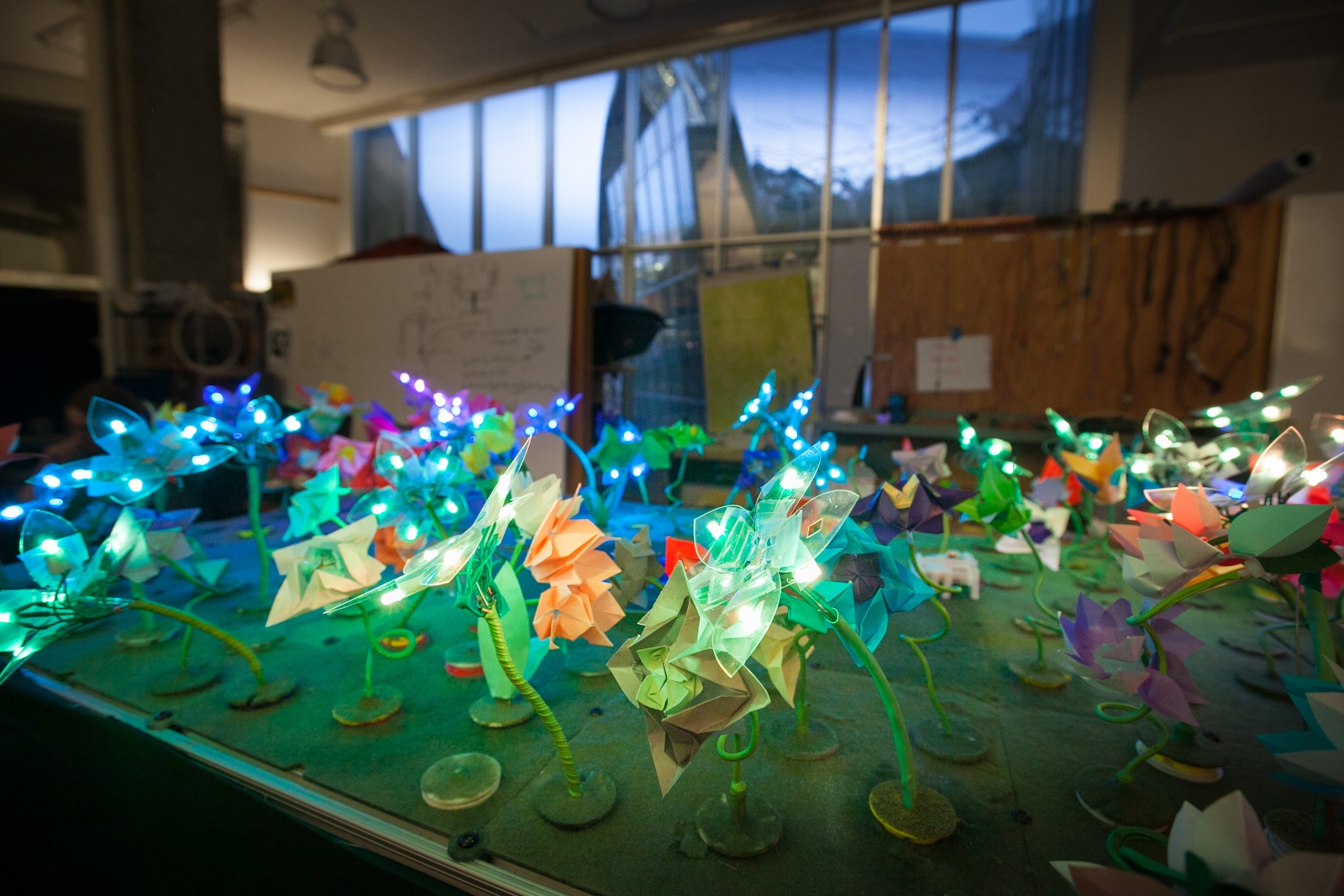**Introduction**
In a world where technology is advancing at a rapid pace, it is crucial for children to learn basic programming skills from a young age. US scientists at MIT have taken a creative approach to encourage children, especially girls, to learn programming by creating a robot garden. This innovative project combines art, technology, and education to make coding more engaging and accessible to young learners.
**The Robot Garden**
The robot garden, developed by researchers from MIT’s Computer Science and Artificial Intelligence Lab (CSAIL) and the Department of Mechanical Engineering, features an LED display of flowers and over 100 origami robots. These robots have the ability to crawl, swim, and blossom like real flowers, creating a mesmerizing and interactive experience for users.
**Educational Benefits**
One of the main goals of the robot garden is to provide a hands-on learning experience for students. By allowing children to see their commands come to life in a physical environment, the garden helps to bridge the gap between coding and the real world. Lindsay Sanneman, lead author of the project, emphasizes that the garden serves as a launchpad for schools to teach fundamental concepts about algorithms and programming.
**Programming Curriculum**
MIT has developed a series of printable robots specifically designed for middle and high school students. The robot garden system can be integrated into programming curriculums, giving students the opportunity to control individual elements within the garden. Users can interact with the garden using a tablet in “control by click” mode or input their own commands in “control by code” mode, allowing for real-time execution of actions.
**Innovative Technology**
The robot garden consists of 16 tiles connected by Arduino microcontrollers, each programmed with search algorithms to explore the garden in unique ways. A “graph-colouring” algorithm ensures that no two adjacent tiles share the same colour, adding a level of complexity to the system. The garden features eight varieties of origami flowers, each embedded with a printable motor that enables them to blossom unpredictably.
**Origami Animals**
In addition to the origami flowers, the garden also includes robot sheep and ducks. The sheep are constructed using traditional print-and-fold origami techniques, while the ducks are 2D paper prints that are heated in an oven to automatically fold into shape. Powered by magnets, the robot animals add a playful and interactive element to the garden.
**Future Developments**
Looking ahead, the researchers at MIT are exploring ways to enhance the robot garden experience. They aim to enable multiple devices to operate the garden simultaneously and potentially incorporate microphones and speakers to synchronize music with the robots’ movements. By expanding the capabilities of the garden, MIT hopes to inspire more children to pursue computer science and explore its real-world applications.
**Conclusion**
The creation of the robot garden by MIT showcases the potential of combining art and technology to make programming more engaging for children. By providing a tangible and interactive learning experience, the garden encourages students to explore the world of algorithms and coding in a fun and creative way. With ongoing developments and enhancements, the robot garden has the power to inspire the next generation of programmers and innovators.

